
30 park adventures
30 must do adventures in South Australia’s national parks
1. Dive with great white sharks
An experience like no other. Get up close and personal with an apex predator – the great white shark – from the safety of a protective cage in the Neptune Islands Conservation Park. Watch them tranquilly glide past in what is a premier ethical wildlife experience.
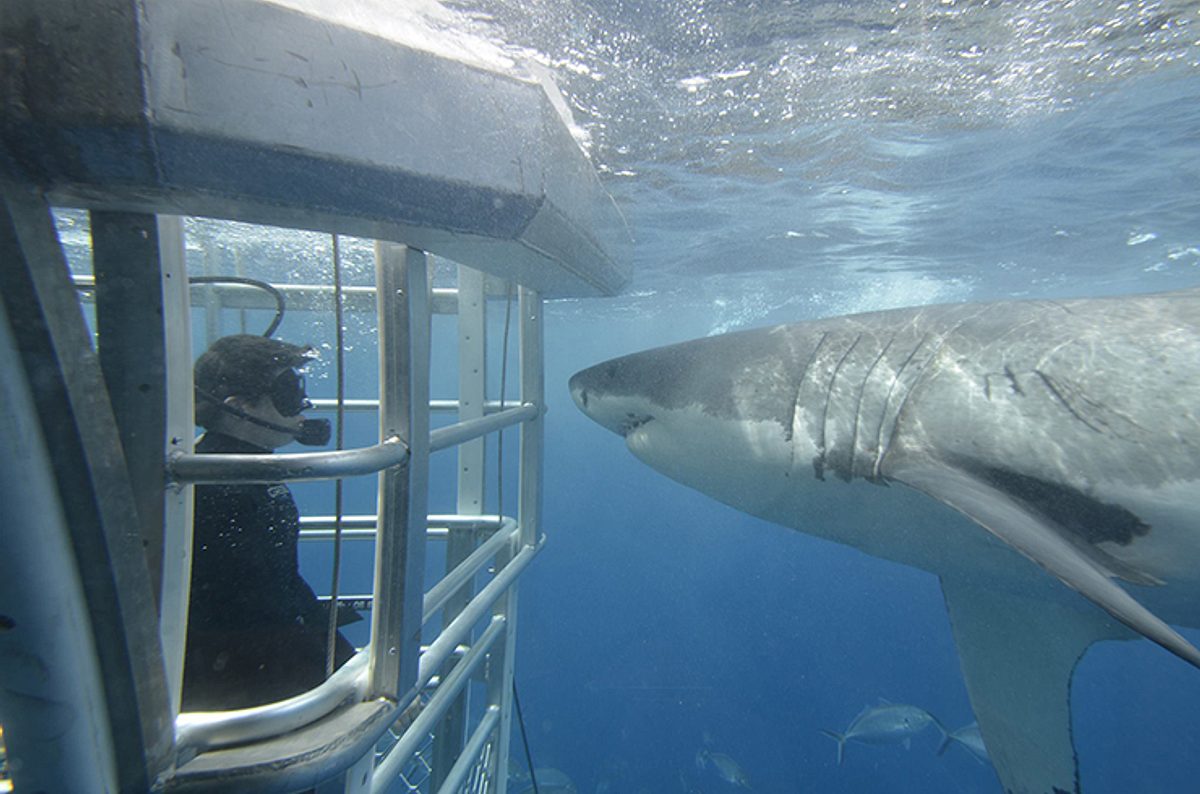
2. Spend a night on the edge of the world
Perched high on the cliffs on the easternmost point of Kangaroo Island, Cape Willoughby Lighthouse stands guard watching over Backstairs Passage and the vast Southern Ocean. For a truly unique experience, stay in one of the cottages that were once home to the lighthouse keepers that operated SA’s oldest lighthouse. The renovated cottages offer very comfortable accommodation, sleeping up to nine people. You’ll also get to enjoy the stunning views of Backstairs Passage and the Southern Ocean and in winter you might be lucky to see southern right whales as they pass by.

3. Get close up with a koala
See why this regularly tops the must do experiences for our international visitors. Cleland Wildlife Park is one of the few places in Australia where you can hold a koala. There is also plenty of other Australian wildlife favourites at the park making it a great day out for the whole family.
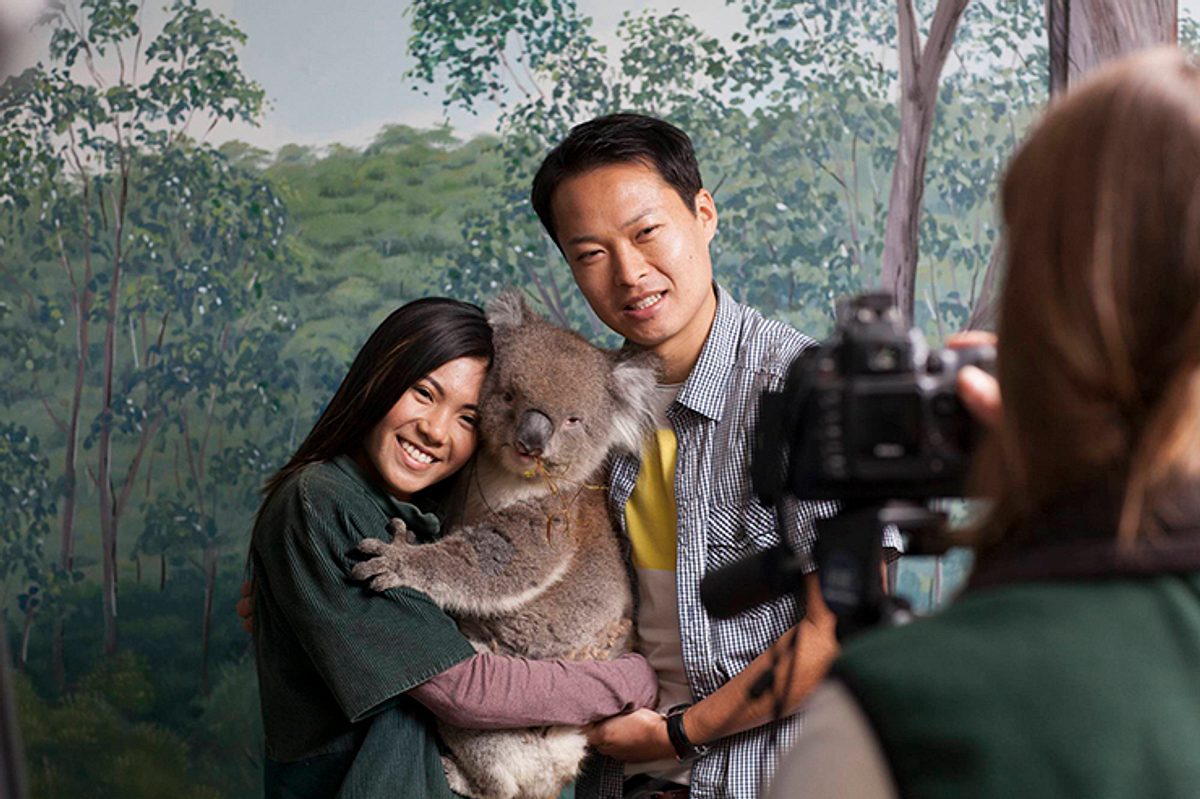
4. Drop in on an underwater disco
Every winter in the waters north of Whyalla in the Upper Spencer Gulf Marine Park, thousands of giant Australian cuttlefish gather to mate. Watch as male cuttlefish put on incredible colour shows pulsating through all the colours of the rainbow at the blink of an eye.

5. Explore Wilpena Pound
Wilpena Pound in the Ikara-Flinders Ranges National Park is one of South Australia’s iconic destinations. This ancient and rugged landscape can be explored from the ground with numerous walking trails, but for a truly breathtaking experience, book a scenic flight and see it from the air.
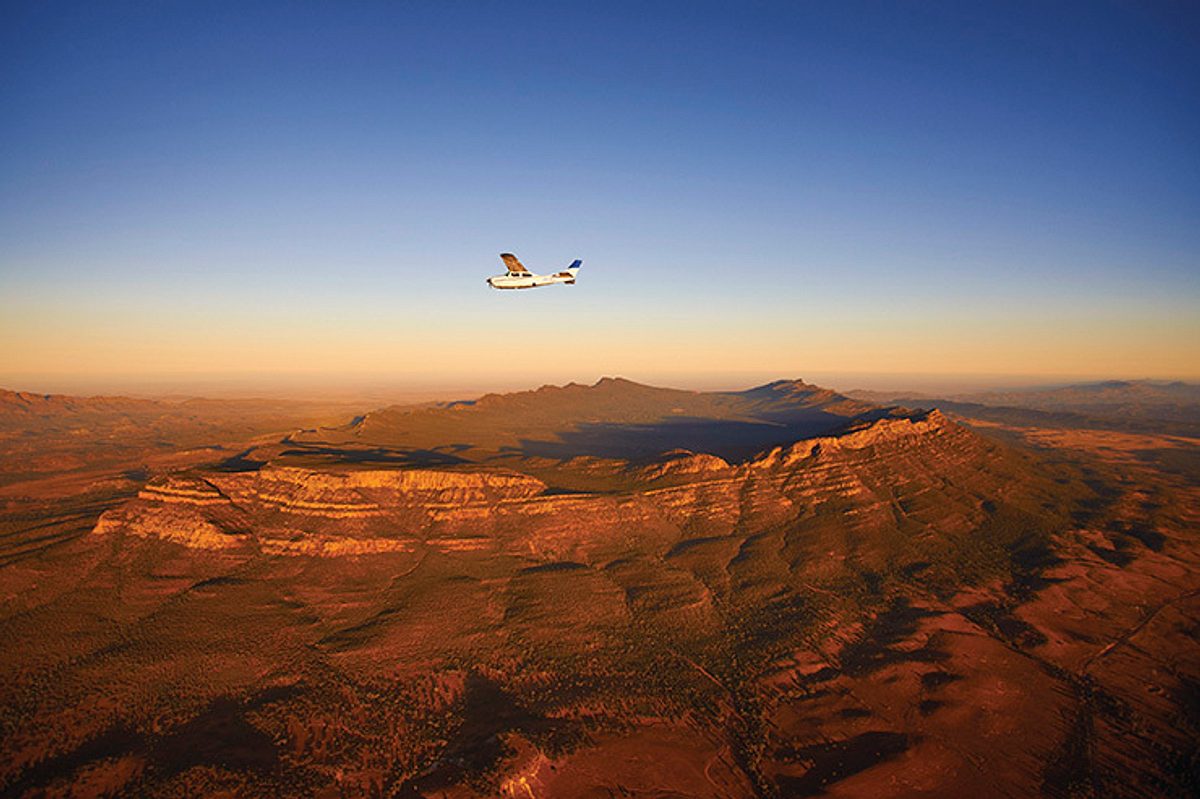
6. Walk amongst Australian sea lions
Step onto the beach at Seal Bay which is home to Australia’s third largest colony of Australian sea lions. An experienced guide will teach you all about these animals during a 45 minute tour. This is a truly exceptional wildlife experience not to be missed if you are visiting Kangaroo Island.
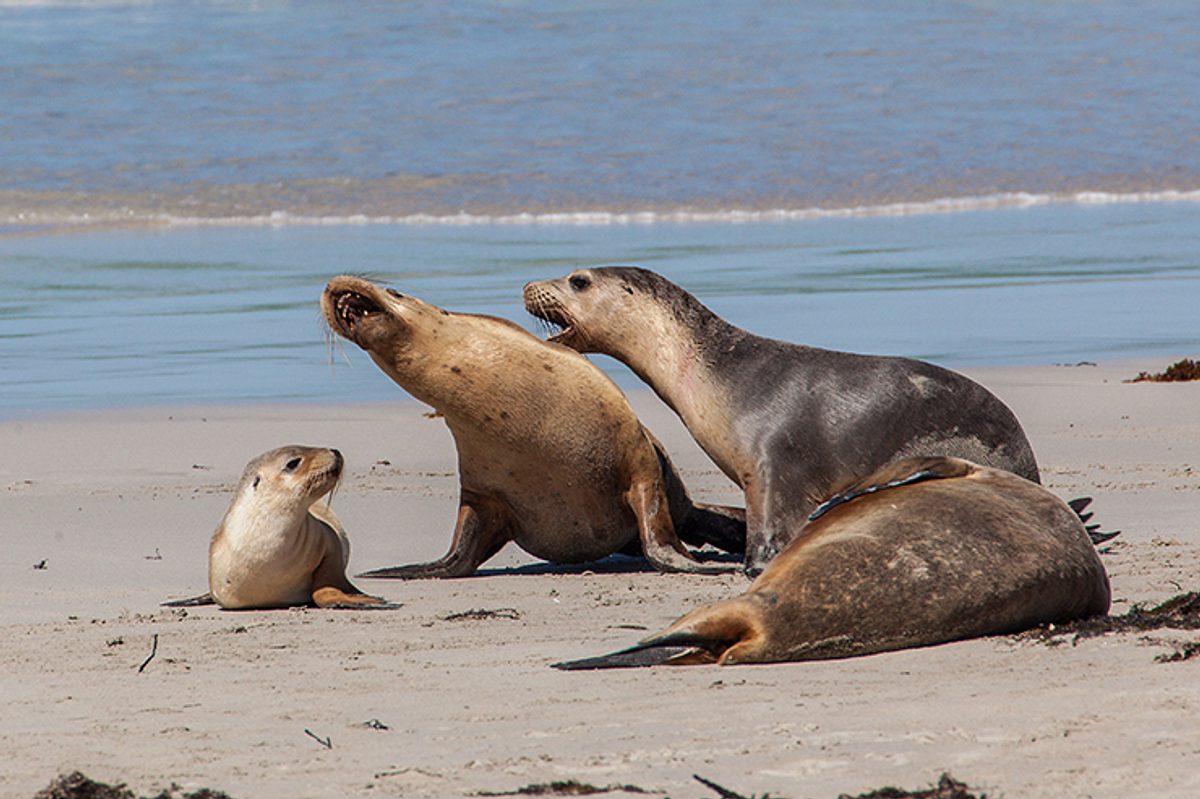
7. Have a whale of a time
Every year from mid-May to late-October, southern right whales migrate to the Australian coast to mate and give birth. The rugged and spectacular Bunda Cliffs in Nullarbor National Park offer perfect vantage points to see these gentle giants and at the height of the season in July and August over 100 whales can be in the area at the same time.
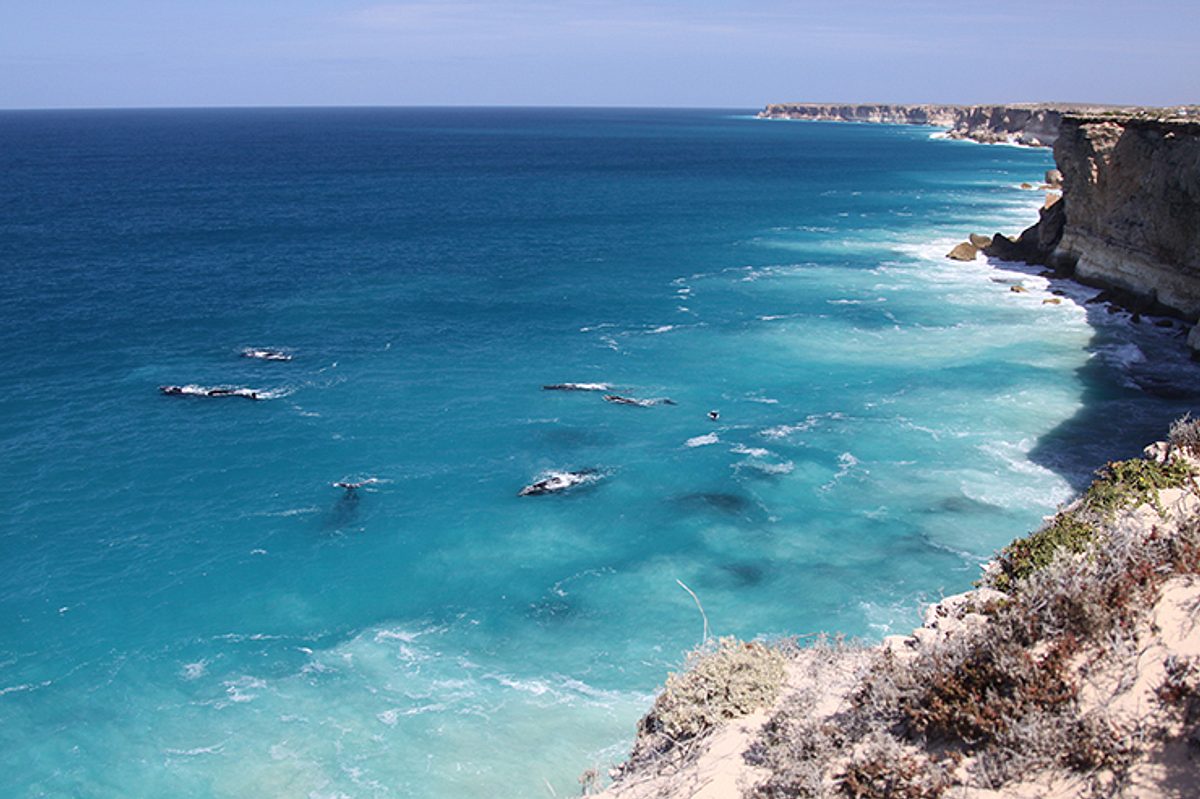
8. Go underground and explore World Heritage Listed Caves
Visit South Australia’s only World Heritage site. The Naracoorte Caves formerly acted as a pitfall, trapping and collecting animals for at least 500,000 years. The caves preserve the most complete fossil record of this time period including Australia’s iconic megafauna species.
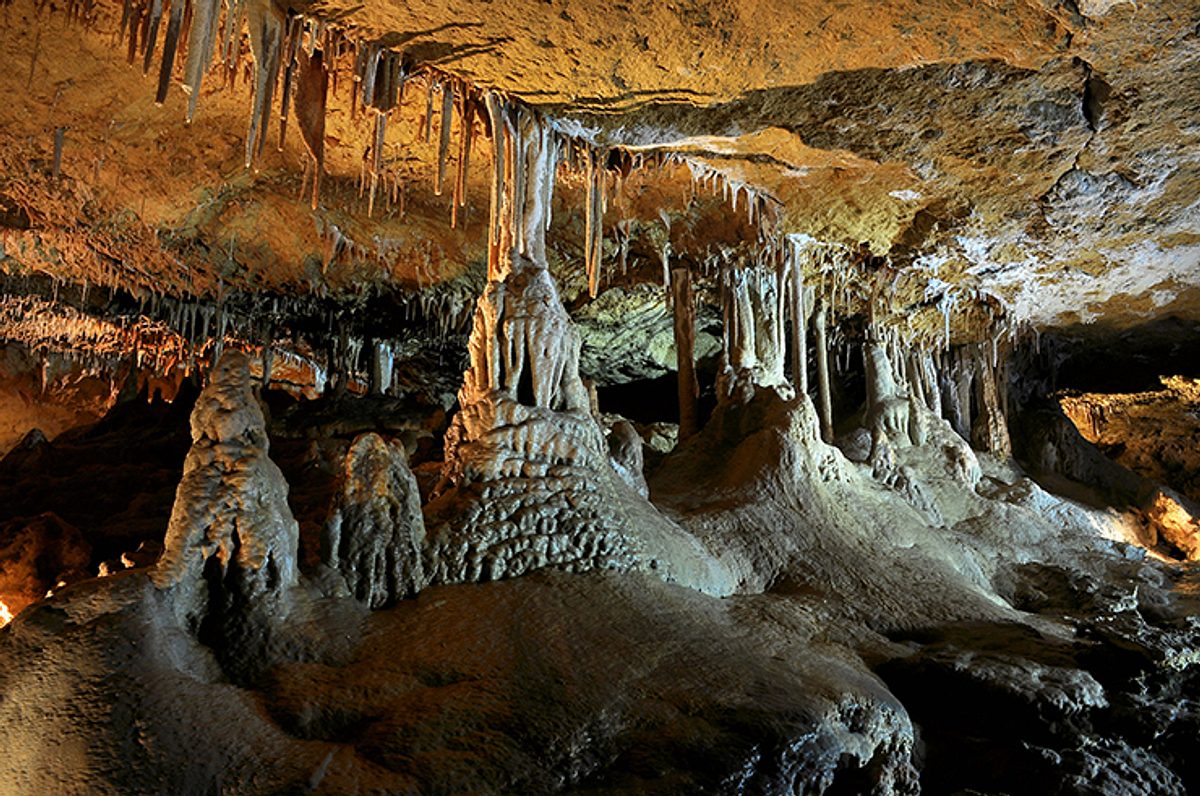
9. Take a dip in nature’s swimming pool
The rugged coast of Dhilba Guuranda-Innes National Park offers plenty of white sandy coves nestled amongst the cliffs. Slip into the tranquil waters of The Blue Pool, a stunning natural rock pool can be found near Shell Beach. Also check out Dolphin Beach nearby which is a favourite amongst visitors. Plan your visit in spring or summer to get the most out of your beach experience.
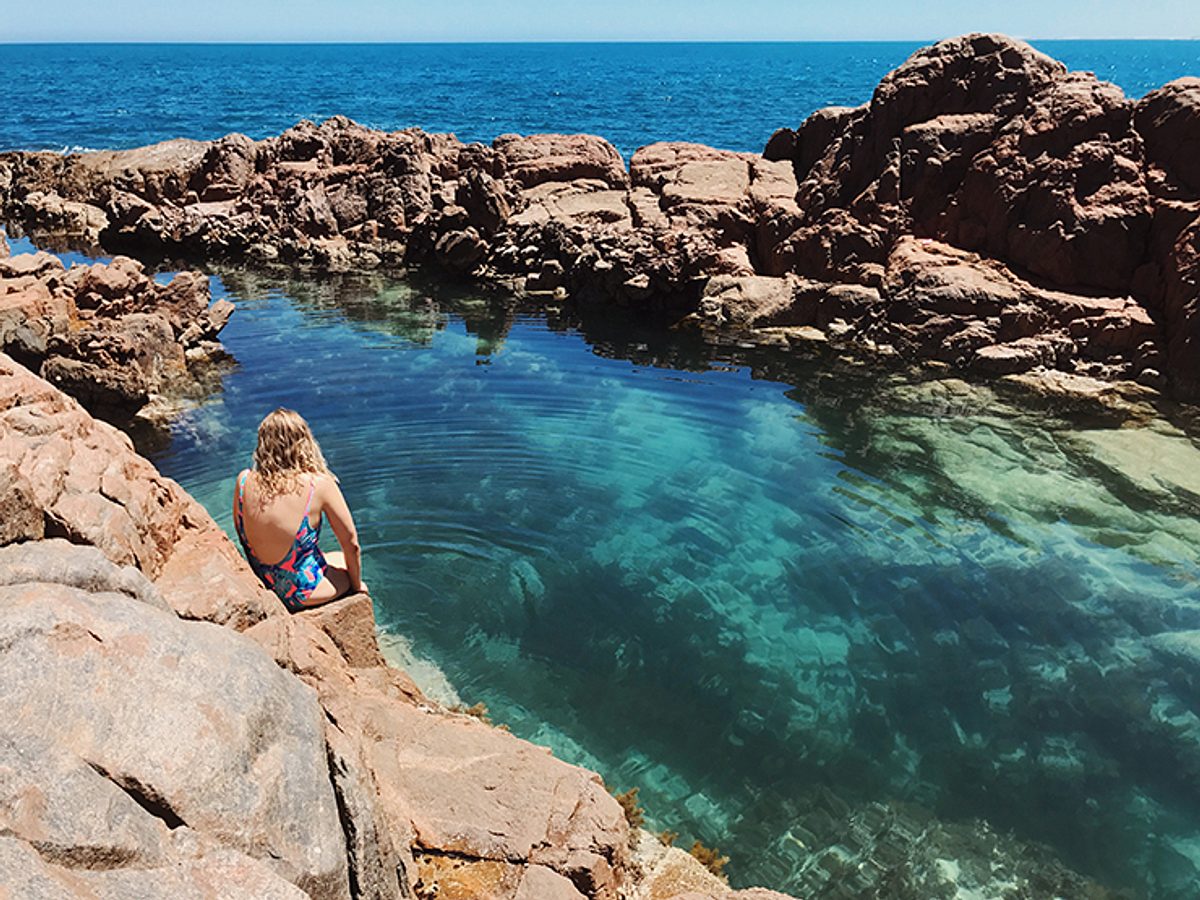
10. Unwind and camp on the river banks of the mighty Murray
Nothing compares to camping on the banks of the mighty River Murray. Chowilla Game Reserve, Loch Luna and Moorook Game Reserves, Morgan Conservation Park and Murray River National Park all offer opportunities for bush camping by the water’s edge with ample opportunities for activities such as walking, canoeing, bird watching and fishing. In the cooler months (outside of fire danger season), nothing beats sitting around a campfire on a starry night toasting marshmallows. Just remember to bring your own firewood and book your campsite in advance.
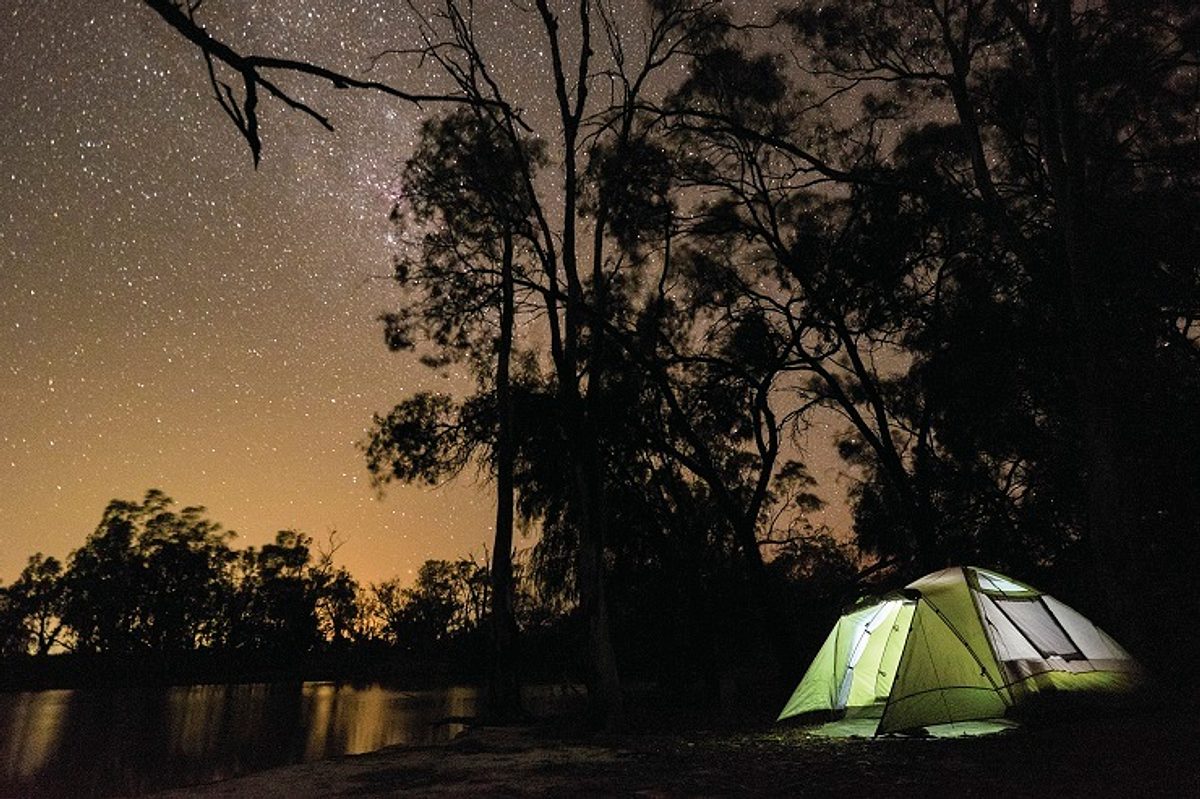
11. Tackle the Border Track
Ngarkat Conservation Park boasts more than 270,000ha of vegetated sand dunes and mallee bushland. The legendary Border Track traverses the South Australian and Victorian border and offers a true wilderness 4WD adventure. The challenging track cuts its way through dense vegetation and sand dunes. You will need to be well prepared and timing is key as a section of the Border Track is only open from April 1st to October 31st.
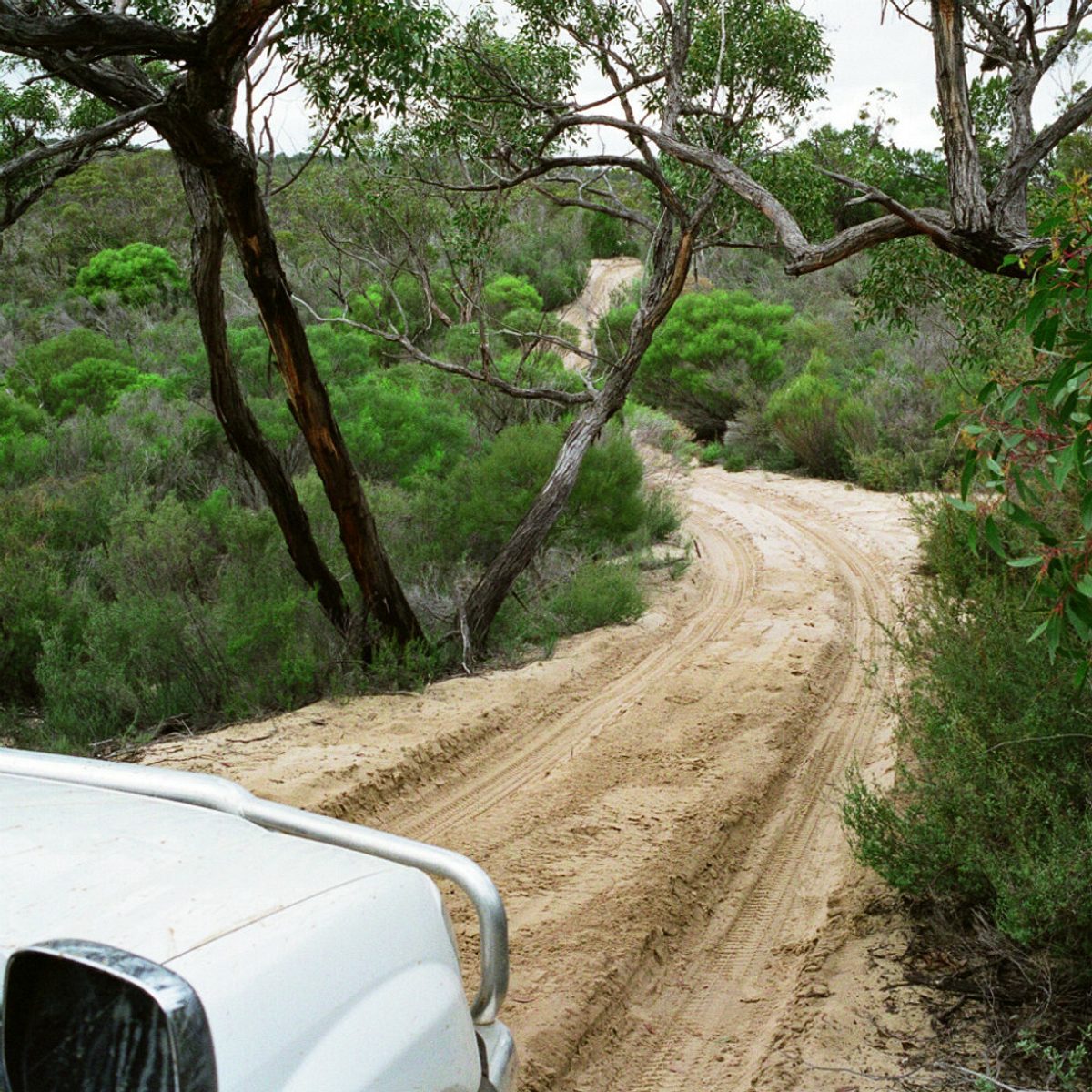
12. Snorkel through an ‘underwater garden’
Explore the spectacular underwater world of Piccaninnie Ponds Conservation Park which is recognised as a wetland of international importance. The crystal clear water is naturally filtered through the limestone providing incredible clarity. Snorkel through the underwater gardens of the First Pond before staring into the blue abyss of The Chasm, a sinkhole that is over 100 metres deep. Just make sure you bring a full length wetsuit as the water temperature is a constant and chilly 15 degrees. You’ll also need to book your snorkel.
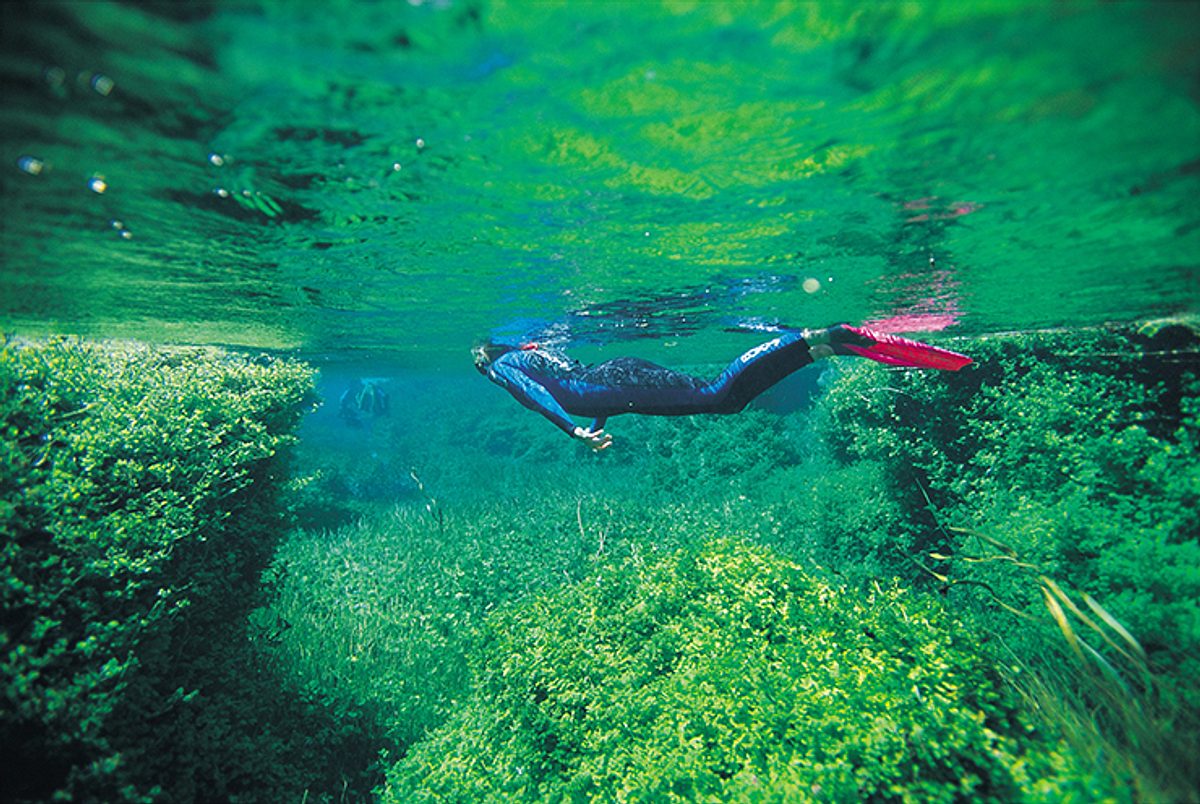
13. Go on the ultimate outback adventure
Test your four-wheel driving skills by ‘Crossing the Simpson’. The Simpson Desert extends across an area of up to 500 kilometres and includes Munga-Thirri –Simpson Desert National Park and Witjira National Park. The striking red dunes and blue desert skies make this a stunning landscape to explore. The best time to visit is from May to August when the temperatures are milder.
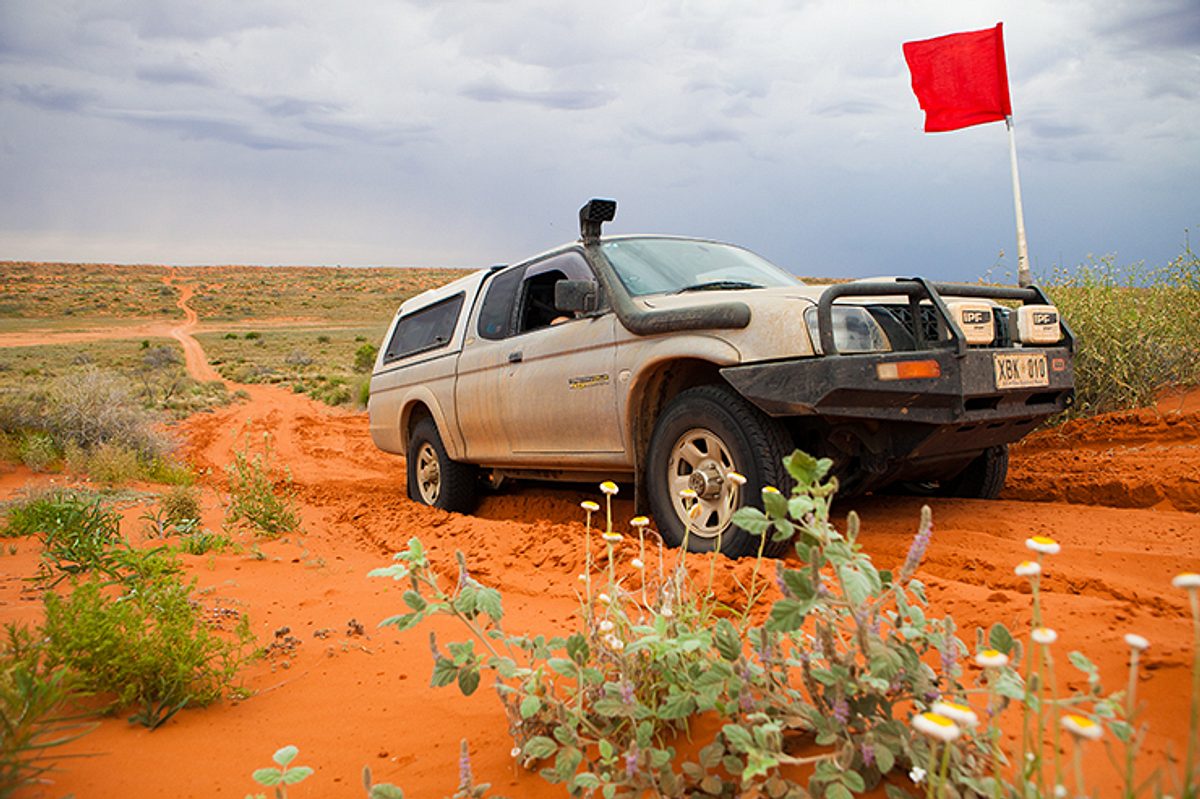
14. See Lake Eyre in flood
When there’s water in the lake, waterbirds descend in their thousands to Kati Thanda-Lake Eyre National Park to feed and breed in this desert oasis. You will however need to perfectly time your visit as the flood waters only cover the lake once every eight years on average and the lake has only filled to capacity three times in the last 160 years!
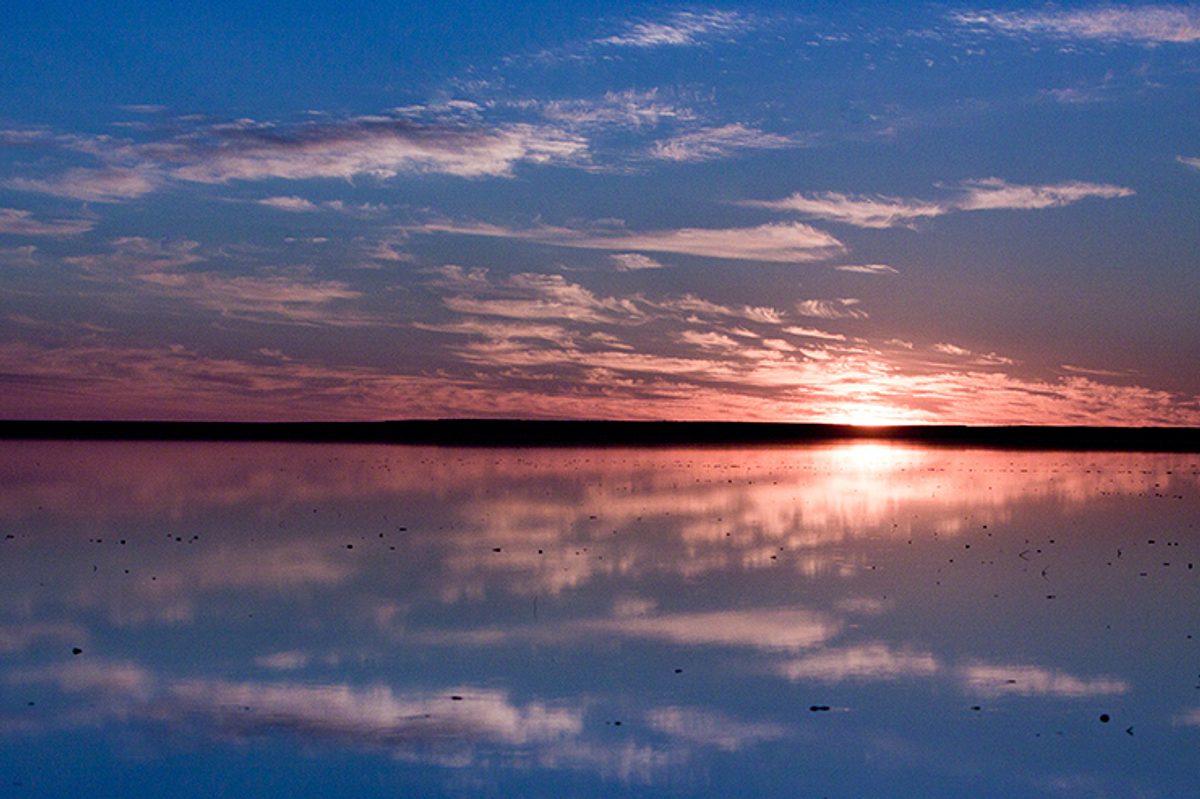
15. Walk part (or all if you dare!) of the Heysen Trail
The world-renowned Heysen Trail stretches 1,200 kilometres from Cape Jervis on the Fleurieu Peninsula to Parachilna Gorge in the Flinders Ranges. While not everyone has the time to walk the entire trail, why not hit the trail for a few hours or a few days? The Heysen Trail passes through numerous SA national parks and is in easy reach for most South Australians.
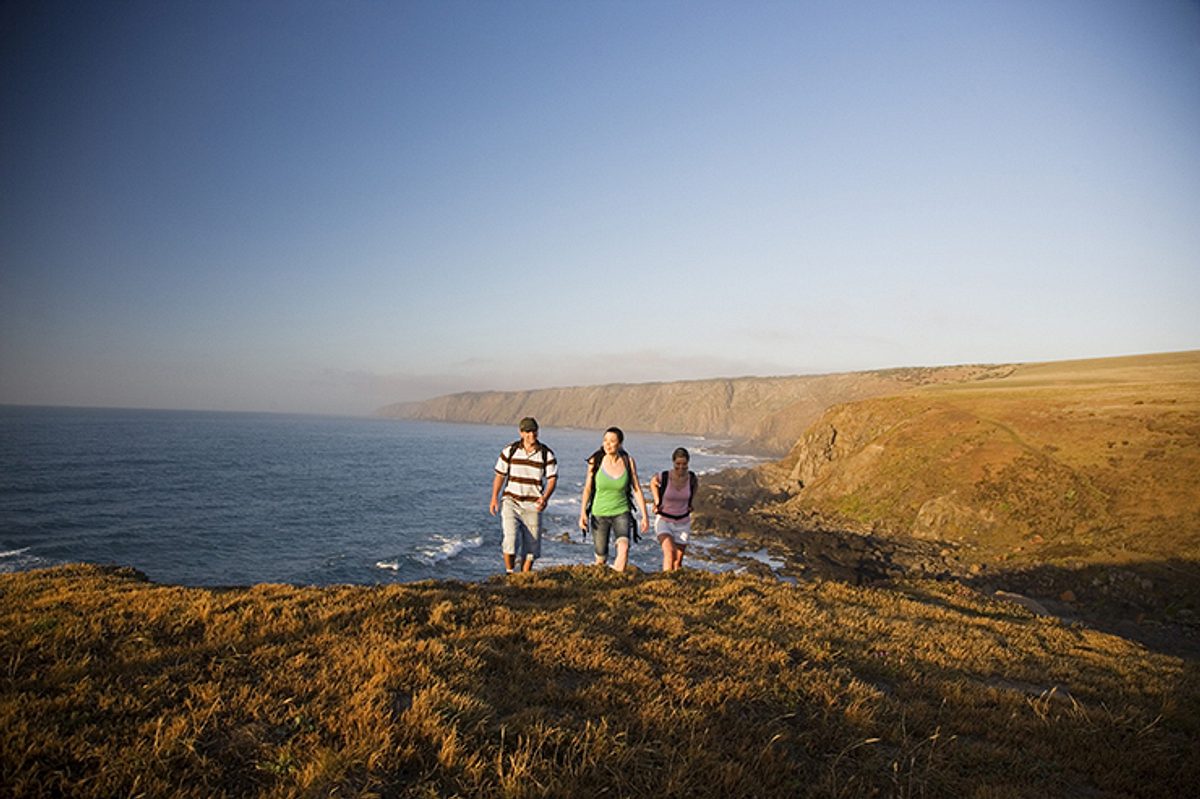
16. Encounter a world of unique sculptures
As if the view of the giant granite boulders against an ocean backdrop wasn’t artistic enough, there are now sculptures dotted around Granite Island Recreation Park for you to enjoy. There are 10 sculptures dotted around the island, such as the pictured ‘Ocean Lace’ by artist Britt Mikkelsen. As some of the sculptures are temporary and new ones added every six months, this is the sort of exhibition that you can visit regularly and keep finding something new to enjoy.
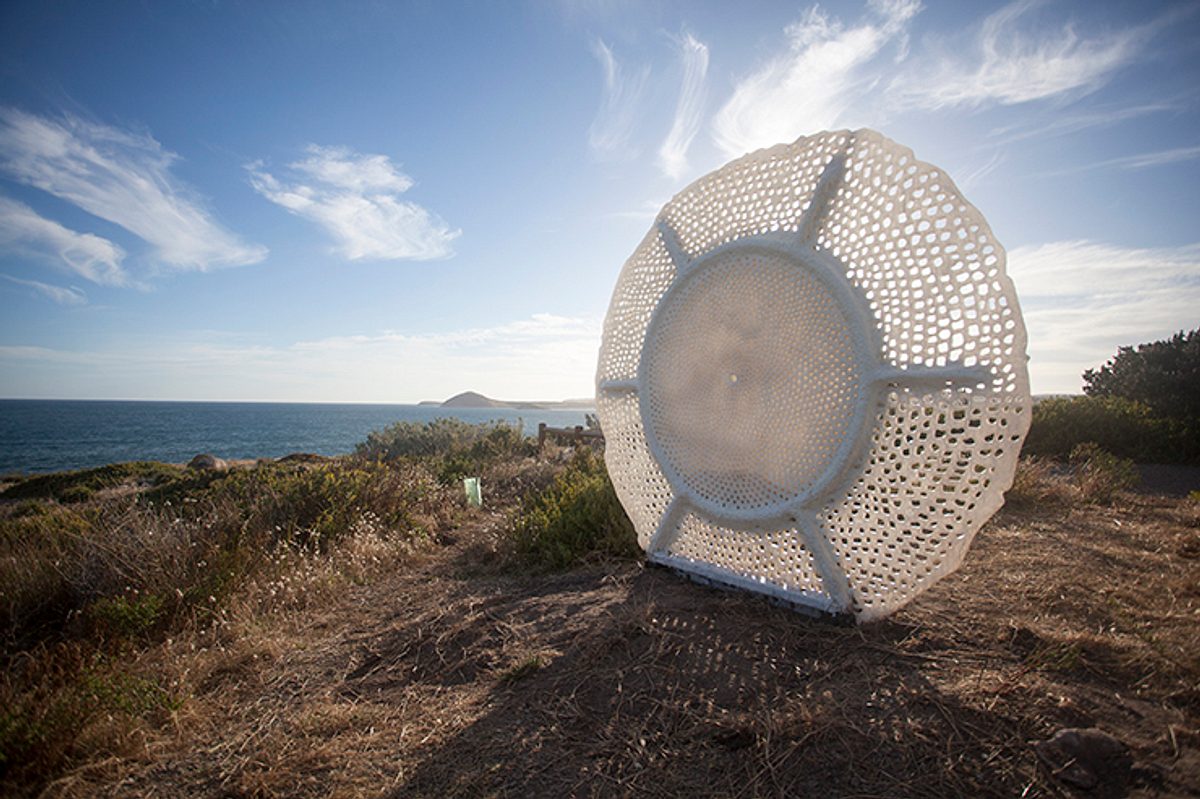
17. Immerse yourself in Aboriginal culture
Ngaut Ngaut Conservation Park on the River Murray is culturally and historically significant to its Traditional Owners, the Nganguraku people. Discover unique insights with a guided tour from the Mannum Aboriginal Community Association. Learn about their traditions and marvel at the rock art engraved into the limestone walls of the rock shelter.

18. Devour local oysters in Coffin Bay National Park
Visit a local seafood supplier and devour mouth-wateringly delicious freshly-shucked local oysters on the beach in Coffin Bay National Park. The calm, protected and pristine waters are not only perfect for eating oysters but also idyllic for swimming and kayaking. This park with its untouched wilderness and coastline is a favourite amongst visitors.
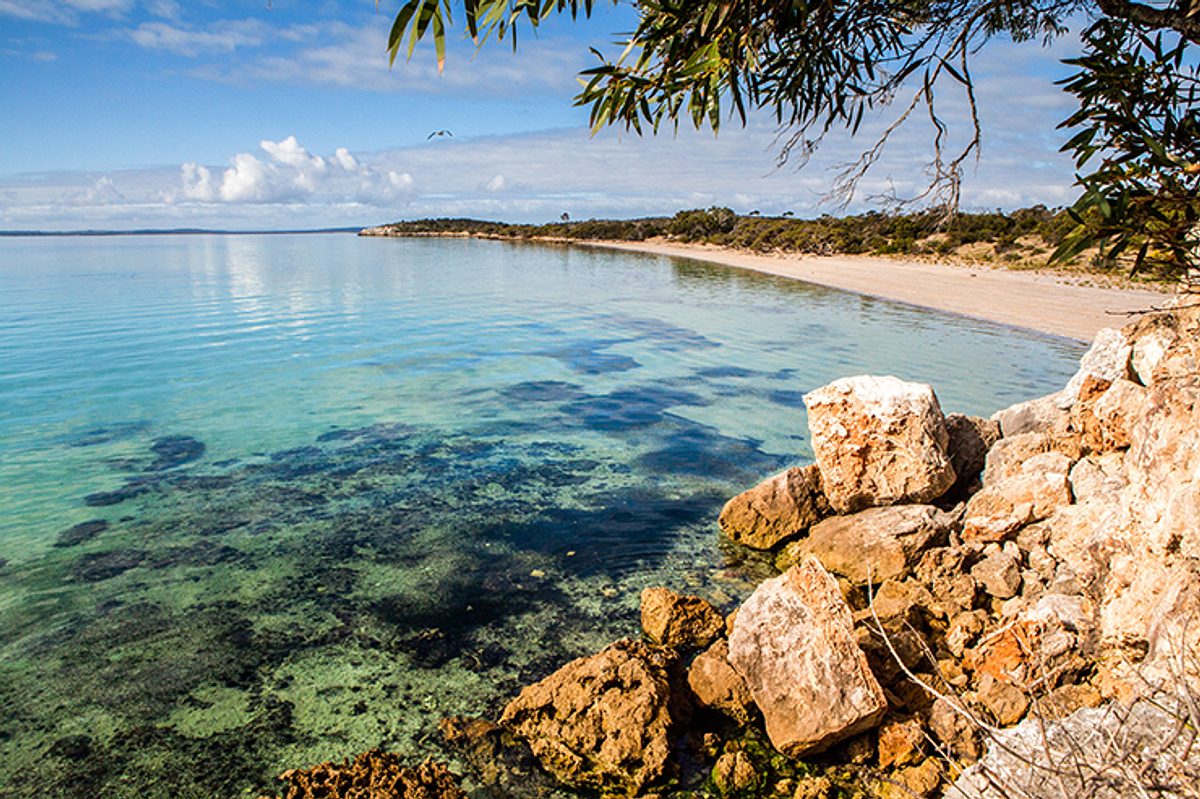
19. Soak in the ancient hot springs
The water in the Dalhousie Main Spring in Witjira National Park is constantly between 38 — 40 degrees, making it perfect for a relaxing, warm soak. The waters rise from deep below the surface through cracks and fissures after originally entering the Artesian Basin system millions of years ago.
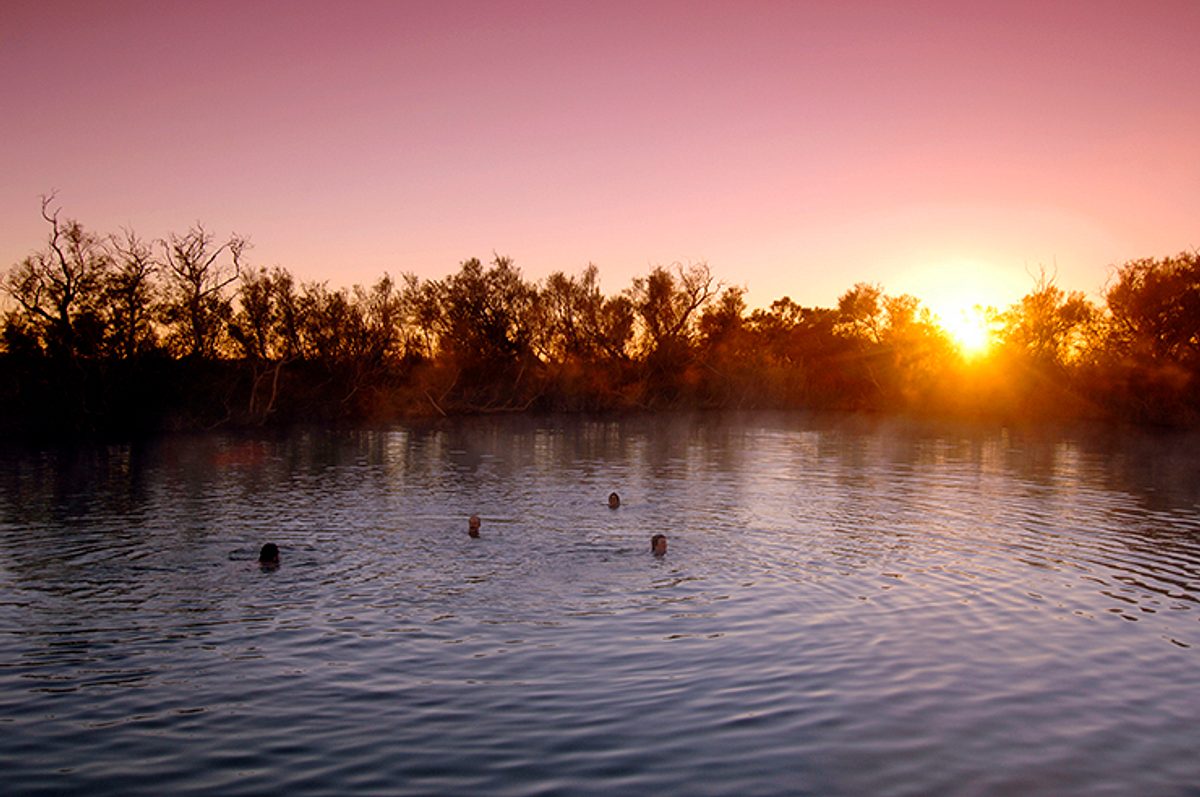
20. See the stars shine bright
Swan Reach Conservation Park forms the core site of Australia’s only International Dark Sky Reserve. Light measurements in the park are some of the darkest in the world making it one of the best places anywhere in the world to see the stars and planets.
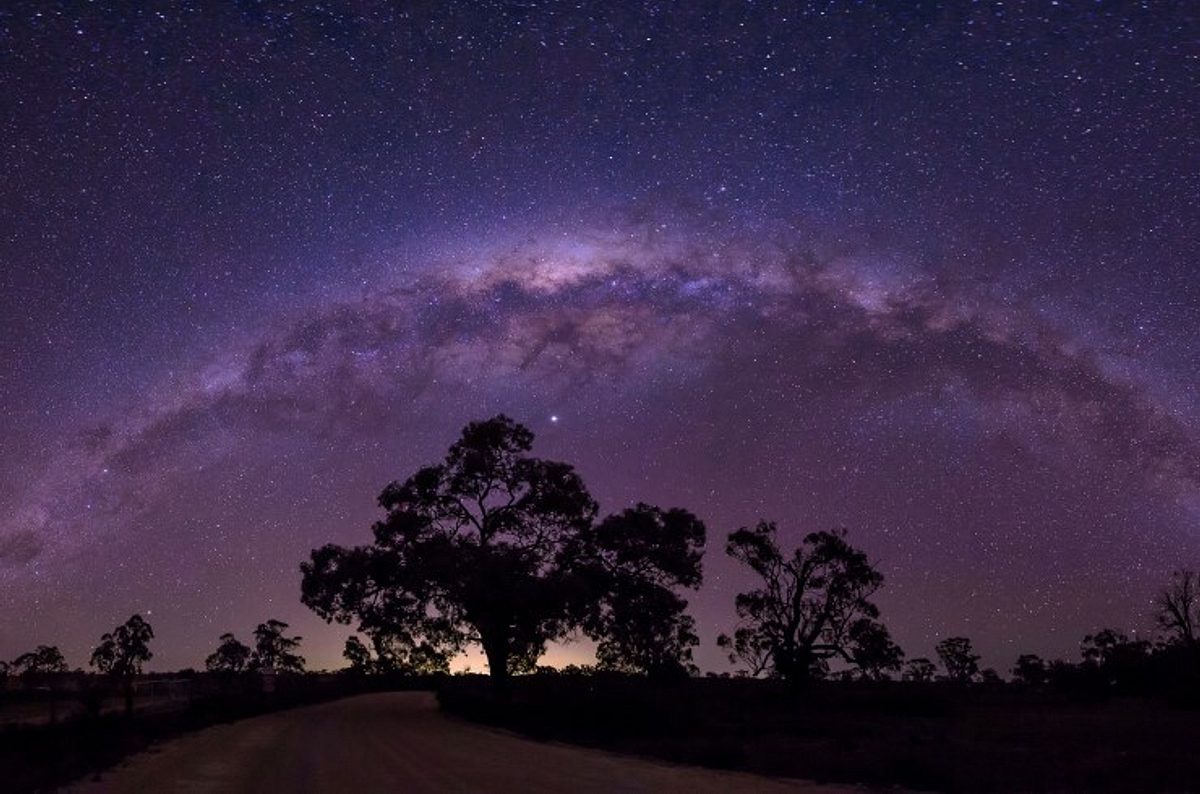
21. Kayak through a ships’ graveyard
Paddle through the remains of at least 40 abandoned vessels hidden within the Adelaide Dolphin Sanctuary. The Garden Island Ships’ Graveyard Maritime Trail is the largest and most diverse ships’ graveyard in Australia and includes a variety of sailing, steam and motor vessels, barges, pontoons and dredges. If you’re lucky you might even spot some of the resident bottlenose dolphins.
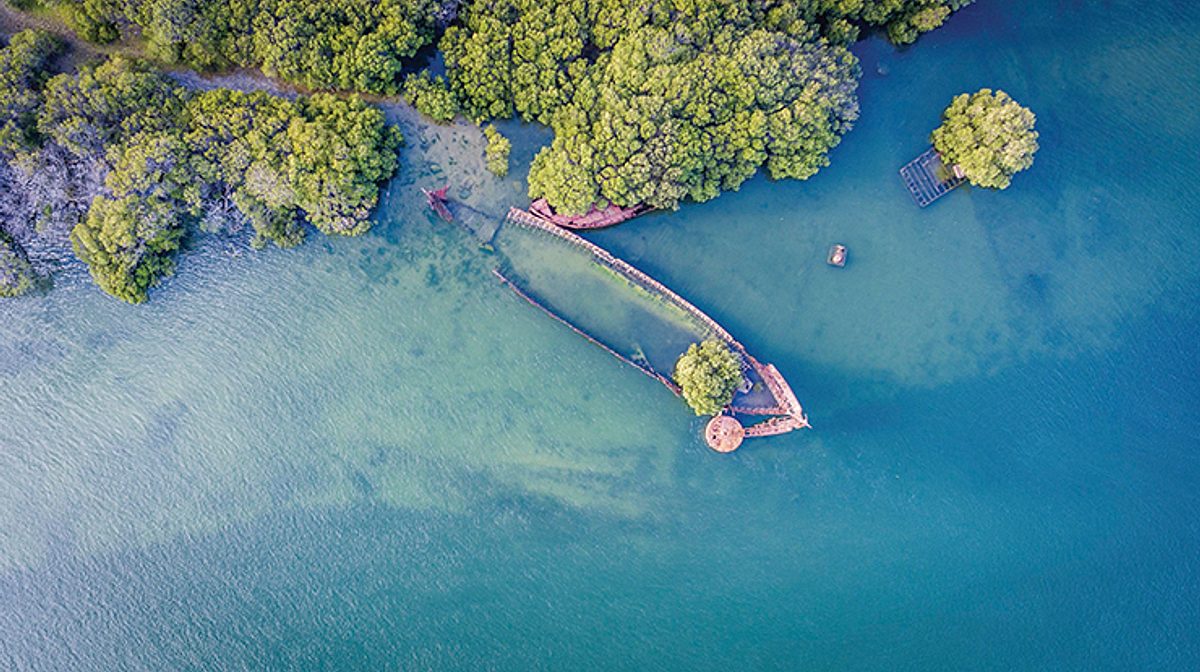
22. Hang out on the cliffs
Rock climb your way up the cliff face of the Onkaparinga Gorge in Onkaparinga River National Park. The 30 metre high cliffs are popular with both beginner and experienced climbers and are located only a short walk from Pink Gum campground.

23. Swim with the fishes in a sanctuary zone
Explore the underwater world of the Port Noarlunga Reef within the Encounter Marine Park. This protected sanctuary zone is one of the most accessible places to go snorkelling for beginners and families. The reef is home to over 50 species of fish and more than 200 marine plants and animals that call this reef home. Don’t forget to keep your eyes peeled for the underwater information boards that will guide you along the underwater trail.

24. Go for a wheelie good ride
The Craigburn Farm section of the Sturt Gorge Recreation Park is fast becoming a destination for mountain biking. With a network of more than 10 trails over a variety of terrains and surfaces, there for every skill level.

25. Tune in to nature at the Organ Pipes
Created through volcanic eruptions over 1500 million years ago. The Organ Pipes in the Gawler Ranges National Parks are one of the world’s largest outcrops of volcanic rhyolite. The cooling process of the lava and millions of years of erosion have left large symmetrical columns resembling the pipes of an organ. You can find equally stunning rocky outcrops at Yandinga Falls and Kolay Mirica Falls in the park.

26. Watch kangaroos graze at sunset
The stunning coastal views of the Southern Ocean and Kangaroo Island at Deep Creek Conservation Park are often accompanied by the large population of kangaroos in the park. The kangaroos are most active in the twilight hours, so find a place to sit and watch nature at its best! Try Blow Hole Beach or Cobbler Hill Picnic Ground, as they are the best places to spot kangaroos in the park.
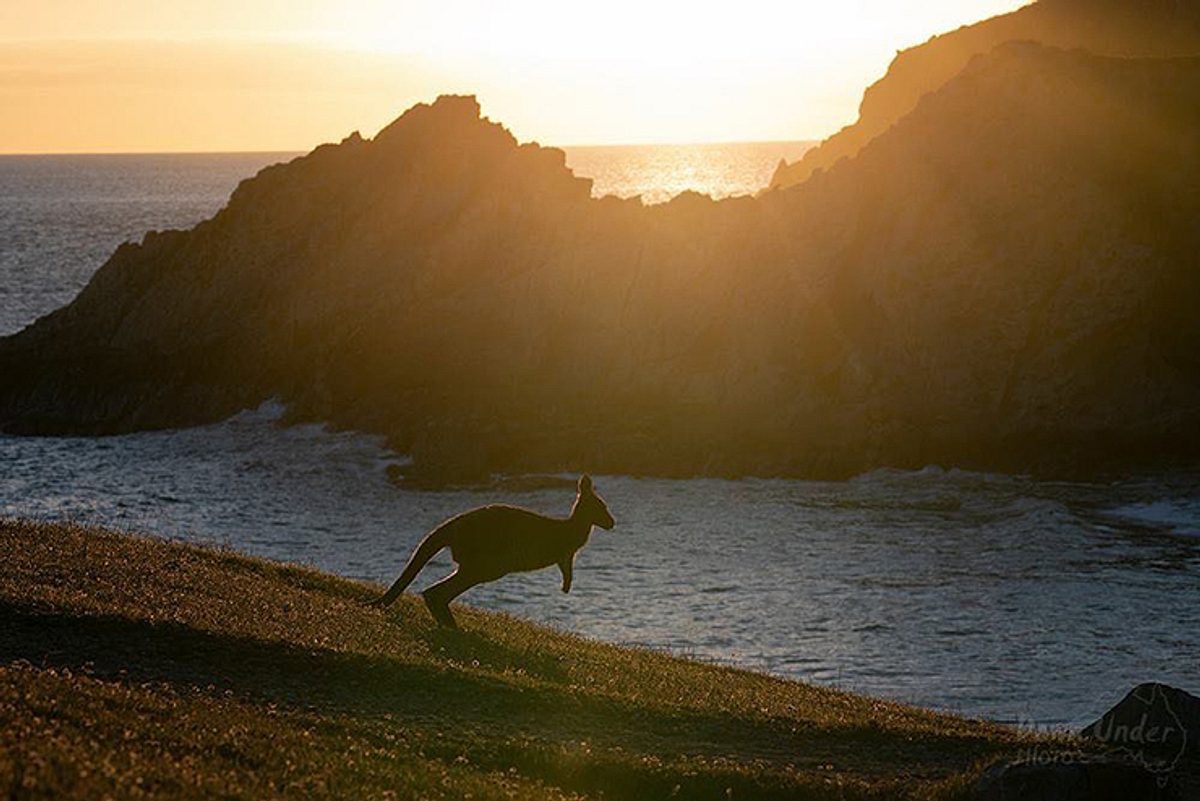
27. Get up early for a desert sunrise
There is nothing like a desert sunrise and our favourite place to see one is in the Kanku-Breakaways Conservation Park The Breakaways are a collection of colourful hills and mounds that rise from the plains of Great Victoria Desert, just north of Coober Pedy. They come to life during sunrises and sunsets with rich reds, oranges and whites.
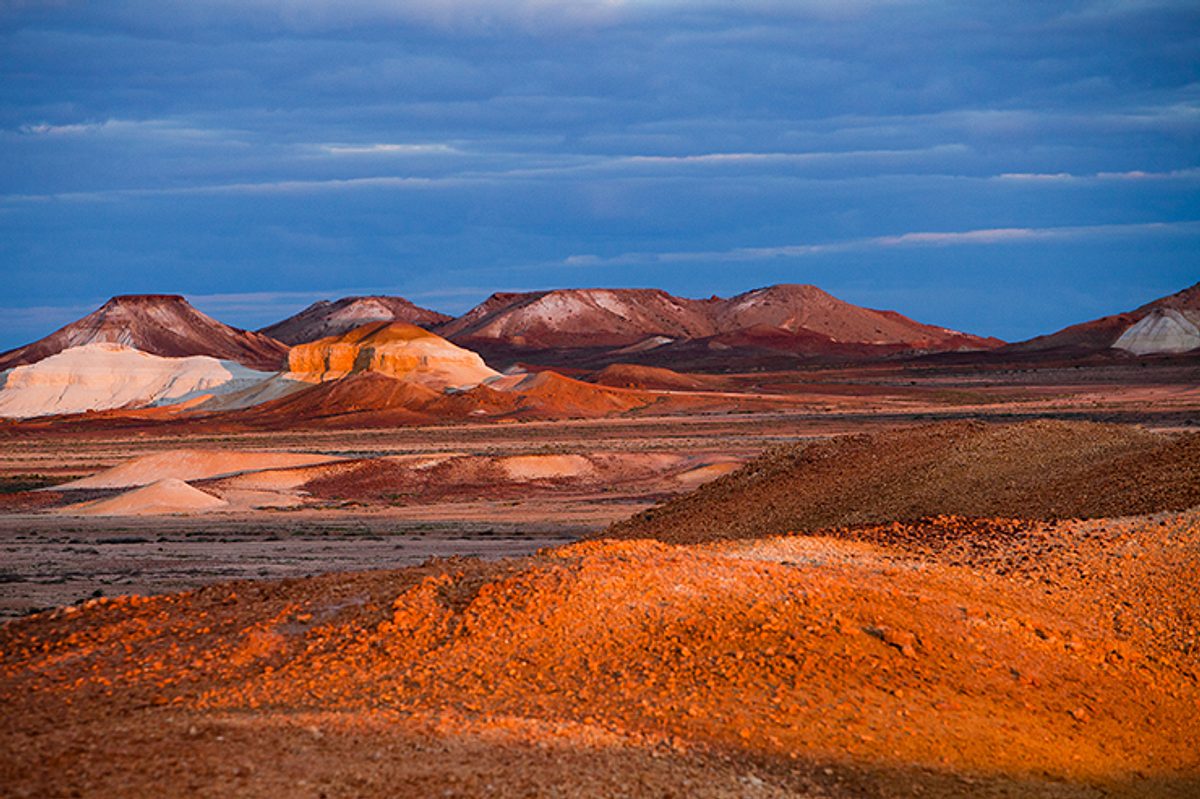
28. See a red knot in breeding plumage
Visit the Adelaide International Bird Sanctuary National Park — Winaityinaityi Pangkara which is home to more than 50 species and over 27,000 resident and migratory shorebirds, including red knots that fly from as far as Russia. The plumage of male red knot birds changes from brownish-grey to chestnut-red when breeding. The best time to witness them in their breeding plumage is in early autumn, just before they make their epic journey back to the northern hemisphere.

29. Discover new shades of blue
Memory Cove Wilderness Protection Area adjoins Lincoln National Park on the southern Eyre Peninsula. This pristine wilderness area with its dense coastal vegetation, abundant wildlife, white sandy beaches and water of every shade of blue is limited to only 15 vehicles a day (requires a four-wheel drive vehicle) ensuring this special place remains unspoiled.

30. Wander through a landscape shaped by ice and glaciers
Hallett Cove Conservation Park is home to one of Australia’s most outstanding and internationally significant geological sites. Follow the interpretive walking trail and explore an ancient landscape shaped by ice and glaciers. The park is also a significant cultural heritage site with over 1,700 Aboriginal artefacts have been found.
